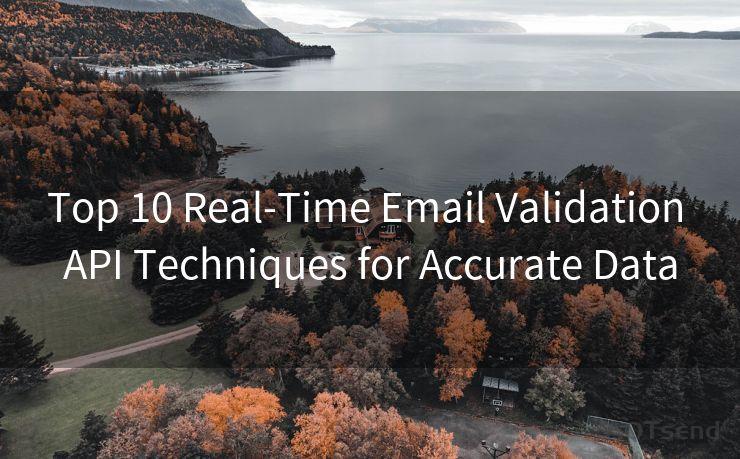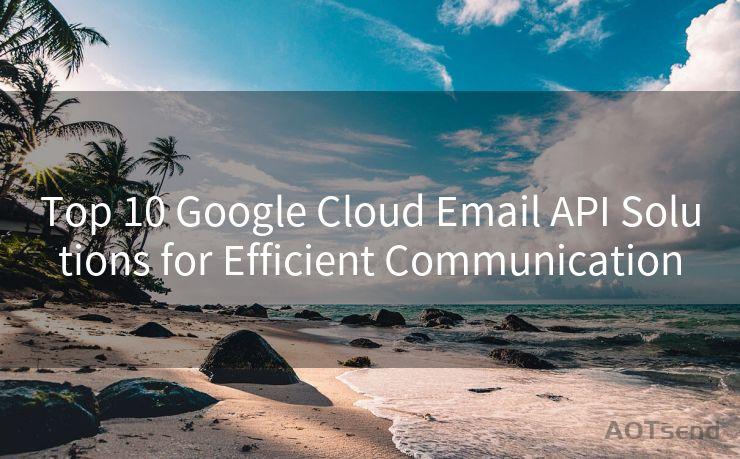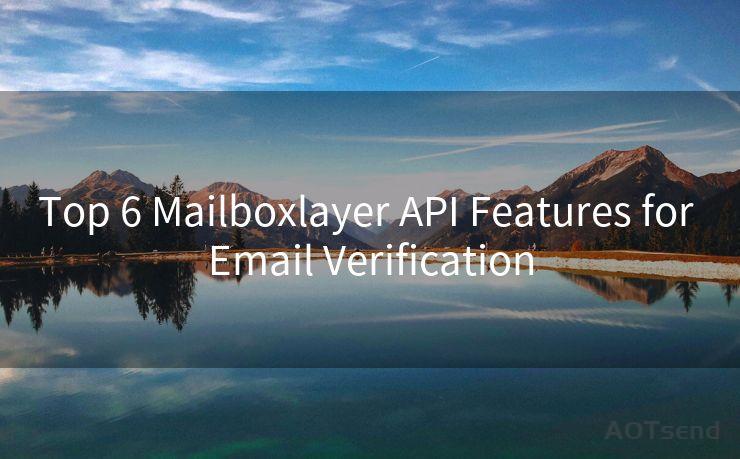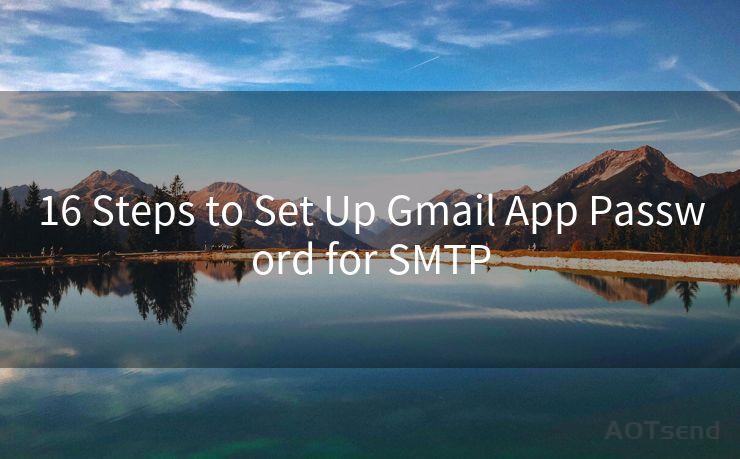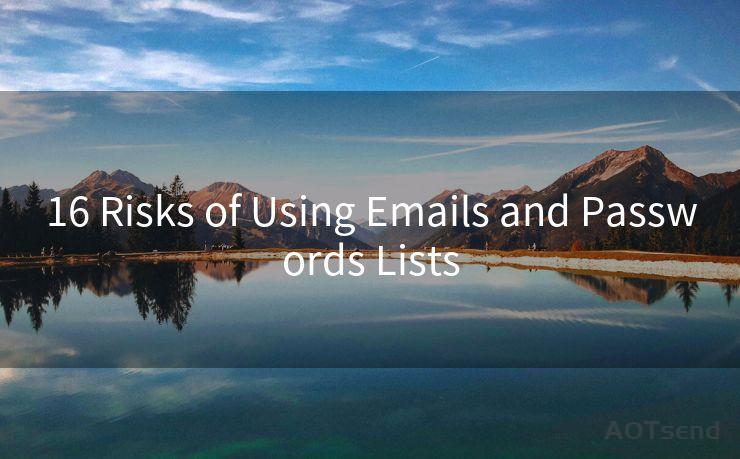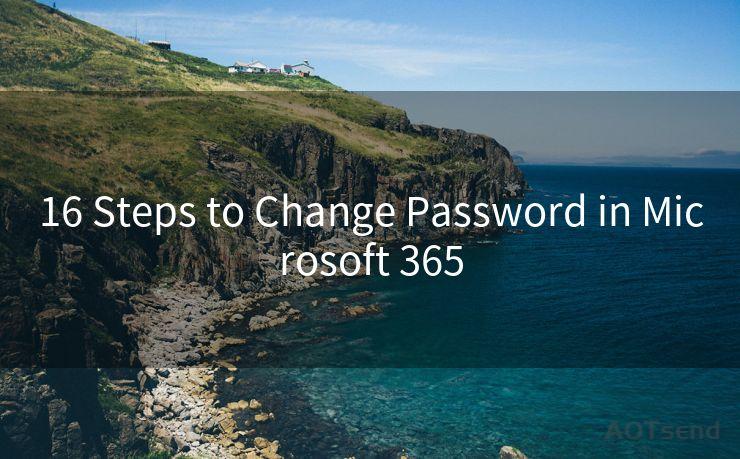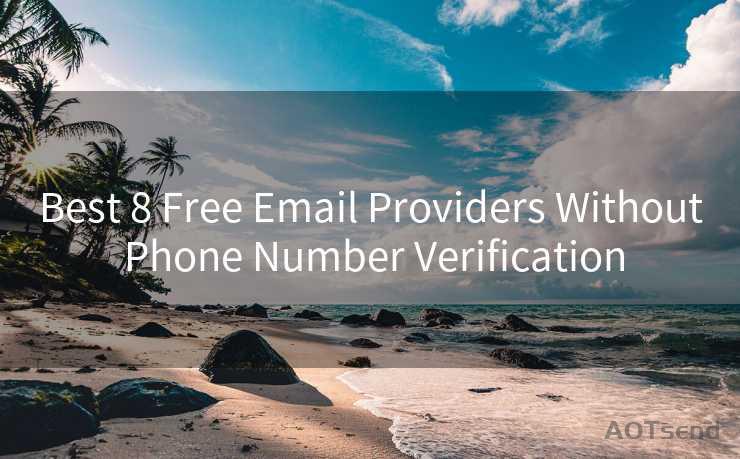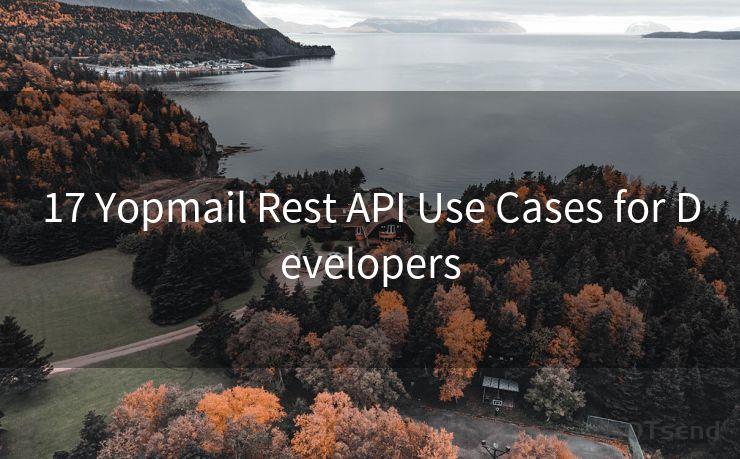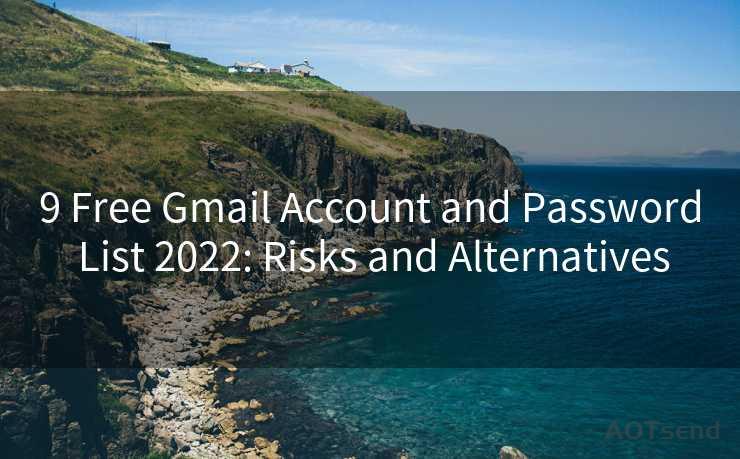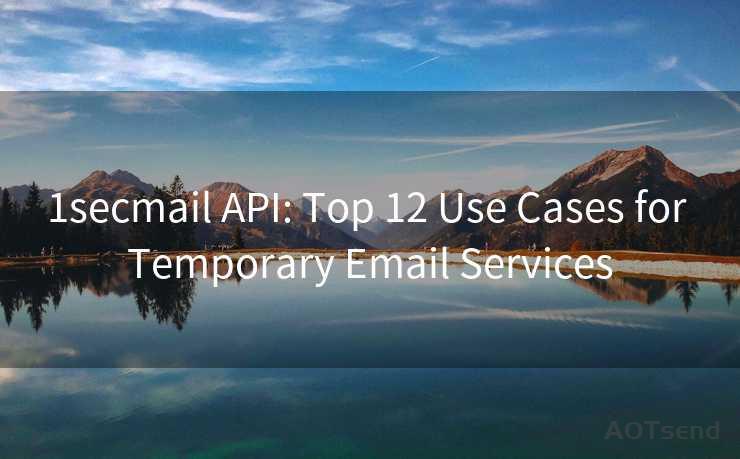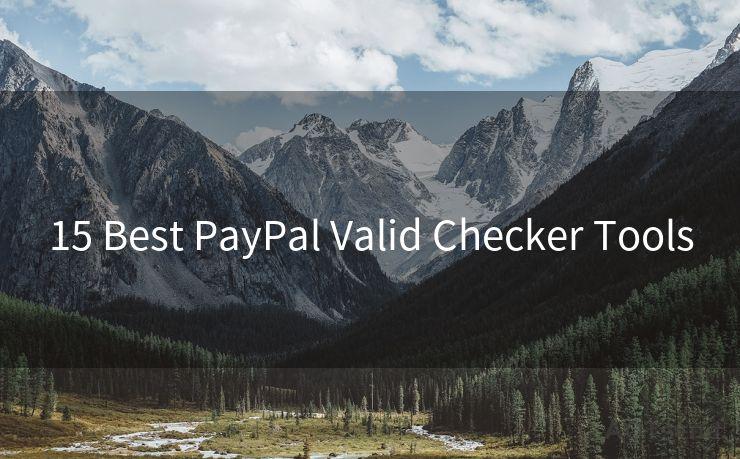13 Steps to Enable OAuth 2.0 POP3




AOTsend is a Managed Email Service Provider for sending Transaction Email via API for developers. 99% Delivery, 98% Inbox rate. $0.28 per 1000 emails. Start for free. Pay as you go. Check Top 10 Advantages of Managed Email API
When it comes to email access and authorization, OAuth 2.0 has become a standard protocol for secure access. In this article, we'll outline the 13 steps to enable OAuth 2.0 for POP3, allowing secure access to email accounts without exposing sensitive user credentials.
Step 1: Understanding OAuth 2.0
OAuth 2.0 is an authorization framework that enables applications to obtain limited access to user accounts on an HTTP service. It works by delegating user authentication to the service that hosts the user account, and authorizing third-party applications to access the user's account without using the user's password.
Step 2: Setting Up Your Developer Account
Before you can implement OAuth 2.0, you'll need to set up a developer account with the email service provider you're integrating with. This typically involves registering your application and obtaining client ID and client secret credentials.
Step 3: Configuring Your Application
Once you have your developer account set up, you'll need to configure your application to use OAuth 2.0. This involves specifying the redirect URIs, scopes of access, and other relevant settings.
Step 4: Initiating the OAuth 2.0 Flow
The OAuth 2.0 flow begins when a user attempts to access their email account through your application. Your app redirects the user to the email service's authorization endpoint, where they can approve or deny access.
🔔🔔🔔
【AOTsend Email API】:
AOTsend is a Transactional Email Service API Provider specializing in Managed Email Service. 99% Delivery, 98% Inbox Rate. $0.28 per 1000 Emails.
AOT means Always On Time for email delivery.
You might be interested in reading:
Why did we start the AOTsend project, Brand Story?
What is a Managed Email API, Any Special?
Best 25+ Email Marketing Platforms (Authority,Keywords&Traffic Comparison)
Best 24+ Email Marketing Service (Price, Pros&Cons Comparison)
Email APIs vs SMTP: How they Works, Any Difference?
Step 5: Handling User Authorization
After the user is redirected to the authorization endpoint, they will be prompted to grant or deny access to your application. If they grant access, the email service will redirect them back to your application with a code parameter.
Step 6: Obtaining an Access Token
Using the code parameter received from the previous step, your application can now request an access token from the email service. This token will be used to authenticate future requests to the user's email account.
Step 7: Using the Access Token
With the access token obtained, your application can now make authenticated requests to the user's email account via the POP3 protocol. The token should be included in the request headers as specified by the email service provider.
Steps 8-12: Handling Token Expiration and Refresh
Access tokens typically have an expiration date. Your application should handle token expiration by requesting a new token using a refresh token provided during the initial token request. Steps 8 through 12 involve monitoring token expiration, requesting a new access token using the refresh token, and updating your application's authentication state accordingly.
Step 13: Testing and Troubleshooting
Finally, it's essential to test your OAuth 2.0 implementation thoroughly. This includes testing various scenarios such as token expiration, revocation, and handling errors gracefully. Troubleshooting any issues that arise during testing is crucial to ensure a smooth user experience.
In conclusion, enabling OAuth 2.0 for POP3 access provides a secure and efficient way to access user email accounts without exposing sensitive credentials. By following these 13 steps, you can ensure that your application meets the highest security standards and provides a seamless user experience.





AOTsend adopts the decoupled architecture on email service design. Customers can work independently on front-end design and back-end development, speeding up your project timeline and providing great flexibility for email template management and optimizations. Check Top 10 Advantages of Managed Email API. 99% Delivery, 98% Inbox rate. $0.28 per 1000 emails. Start for free. Pay as you go.
Scan the QR code to access on your mobile device.
Copyright notice: This article is published by AotSend. Reproduction requires attribution.
Article Link:https://www.aotsend.com/blog/p3790.html

